Friday Nuclear Matinee: Vogtle Timeline Report
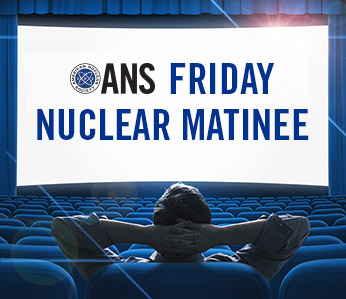
Our latest film at the ANS Friday Nuclear Matinee is an exciting one - the latest Vogtle Timeline update issued by Georgia Power, which was presented on December 9th. This award-winning series details the construction progress quarterly at one of the two US sites where brand new nuclear power plants are being built.


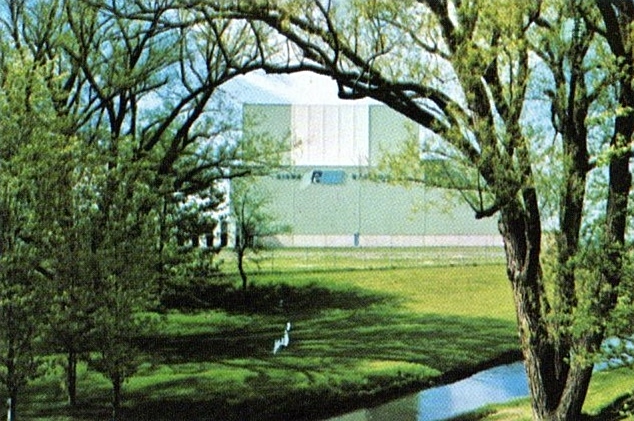
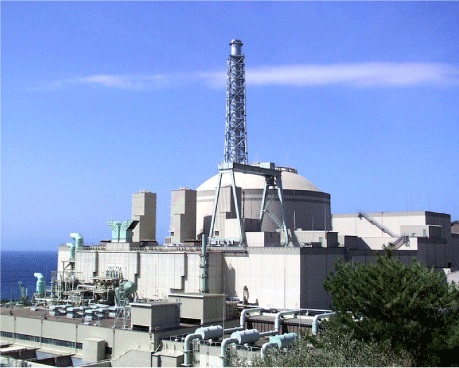
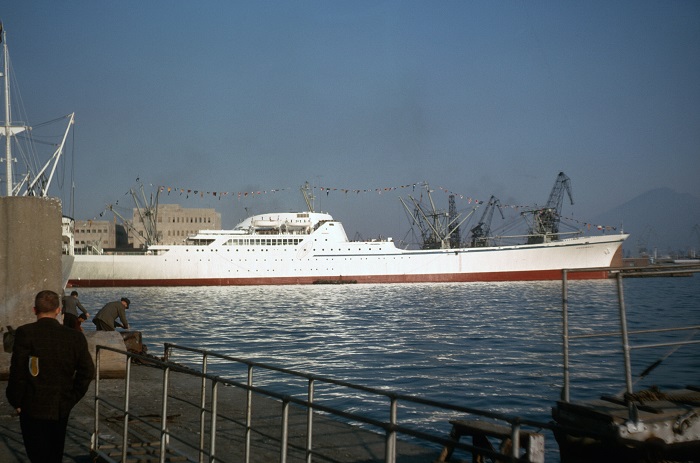
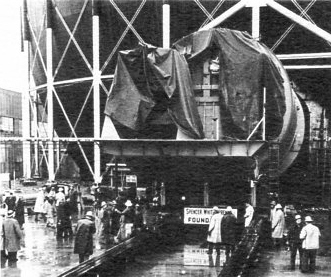
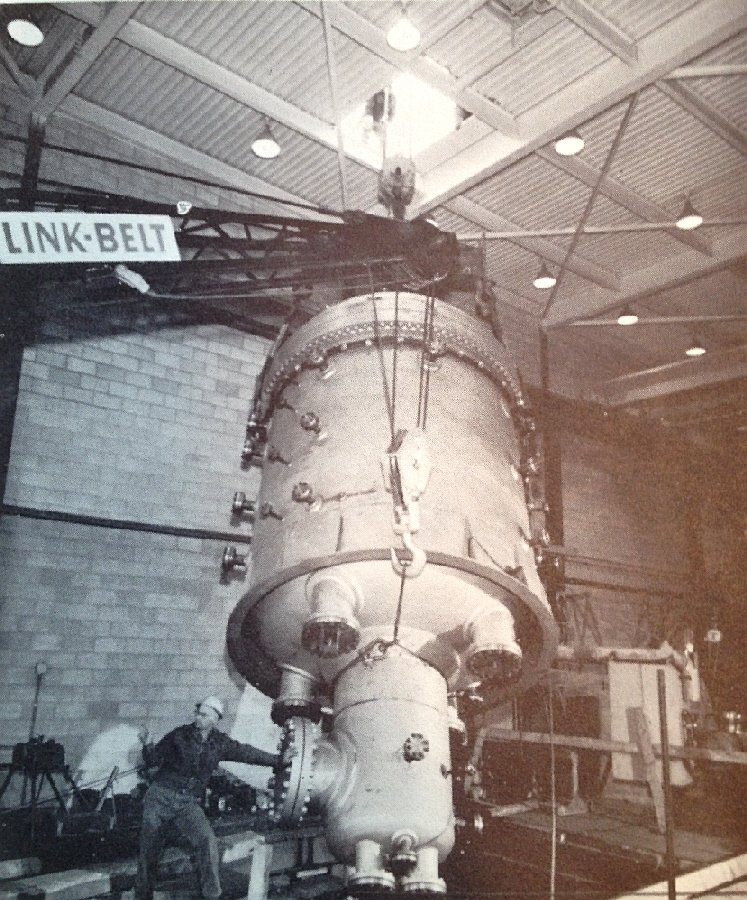
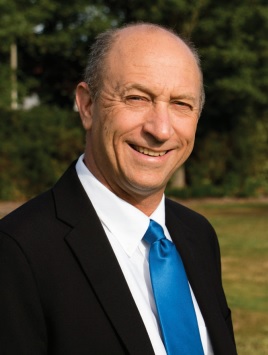 Kicking off the American Nuclear Society's 2016 Winter Meeting (held at Caesar's Palace, Las Vegas) was ANS President Dr. Andrew Klein's speech at the Opening Plenary, in which Dr. Klein expressed a bright vision for the future not just of ANS but of its members and their contributions.
Kicking off the American Nuclear Society's 2016 Winter Meeting (held at Caesar's Palace, Las Vegas) was ANS President Dr. Andrew Klein's speech at the Opening Plenary, in which Dr. Klein expressed a bright vision for the future not just of ANS but of its members and their contributions.